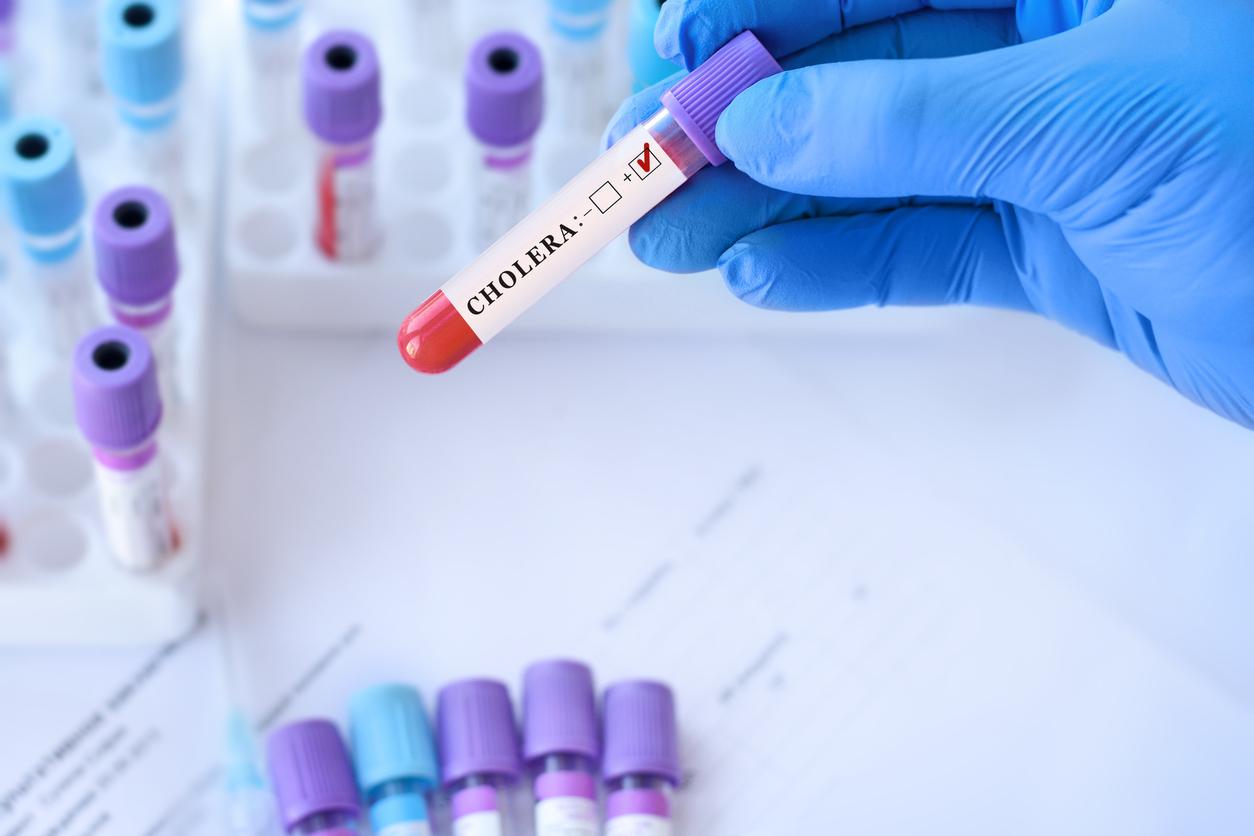Antibiotic resistance is believed to be the cause of 23,000 deaths each year in the United States. In France, antibiotic resistance is a growing phenomenon.

Between escherichia coli and the super-bacteria from India called NDM-1, examples of ultra-resistant bacteria abound. In the United States, 23,000 die each year from infections with bacteria resistant to antibiotics. This assessment from the Centers for Diseases Control and Prevention (CDC) is the first inventory to assess the consequences of the resistant bacteria of greatest concern for human health.
The report “Threats of Antibiotic Resistance in the United States in 2013” states that more than two million people are infected with resistant bacteria each year in the United States. CDC experts have categorized the various bacterial infections into three threat categories: urgent, serious, and special concern. By evaluating, for each bacterial infection, its health and economic impact, its current and future frequency, its diffusion capacity, as well as the antibiotics and prevention tools available, the CDC believes that the urgent threats relate to Enterobacteriaceae resistant to carbapenems, as well as than gonorrhea and Clostridium difficile resistant to antibiotics. According to Tom Frieden, director of the CDC, “If we don’t act now, we will no longer have antibiotics to save lives. In order to effectively fight bacterial resistance to antibiotics, the CDC advocates changing the use of antibiotics. As in Europe, the American public health agency establishes a link between the overconsumption of antibiotics and the resistance it has engendered. According to the CDC, half of the antibiotics used in humans are not needed.
7% of adults resistant to anything
In France, the situation does not have the magnitude of the United States but remains problematic. 6-8% of Enterobacteriaceae are resistant to the very common class of antibiotics, cephalosporins. “This still means that there are 70,000 urinary tract infections each year that general practitioners will have difficulty treating”, warned at the end of 2012 on why actor Prof. Patrice Nordmann, bacteriologist at the Kremlin-Bicêtre hospital. But as regards multiresistant bacteria, only 200 to 300 strains were isolated in France during the first 6 months of 2012, mainly imported by foreign patients. Antibiotic resistance is still gaining ground in people who have never been to a hospital. According to two French studies presented at the congress on infectious diseases in 2011, 7% of adults are resistant to all antibiotics. Five years earlier, the rate of antibiotic resistance in adults was only 1%.
Since the summer of 2010, the General Management has recommended testing for bacteria resistant to carbapenems (last resort antibiotics) in all patients transferred from a foreign hospital or recently hospitalized outside France. Isolation measures are then applied, which explains the absence of massive epidemics in France unlike our European neighbors (Italy, Greece).
.

















